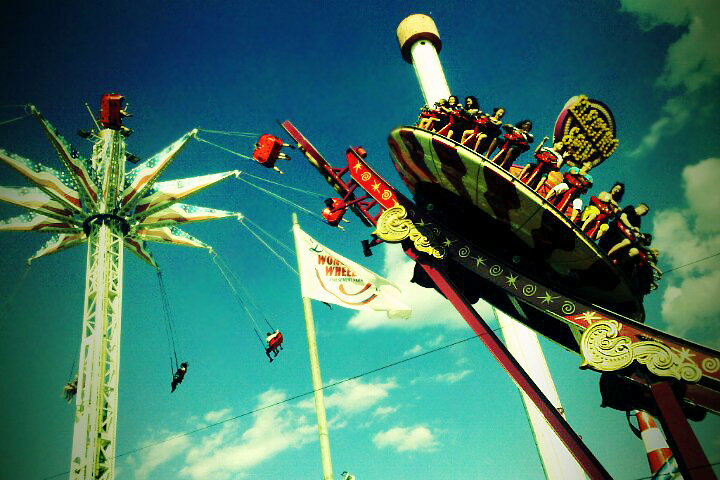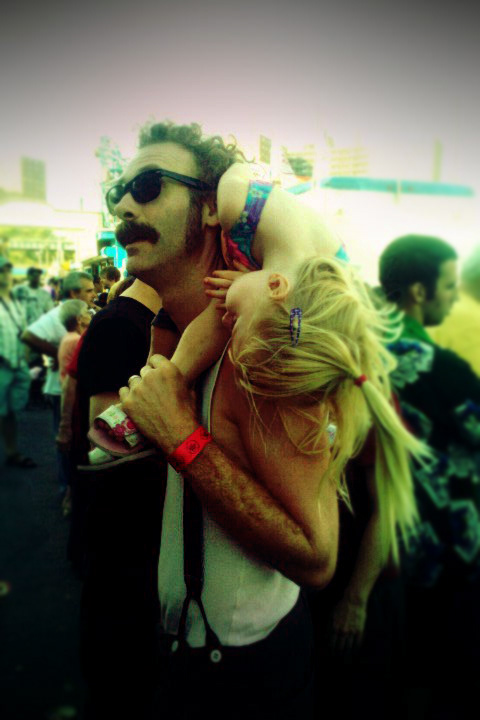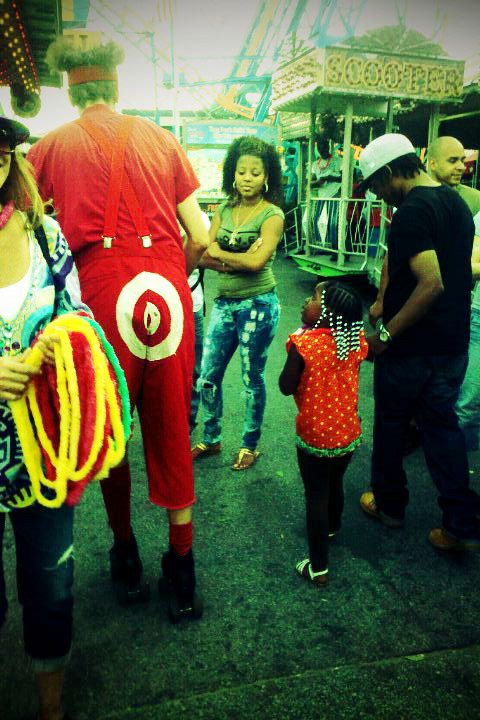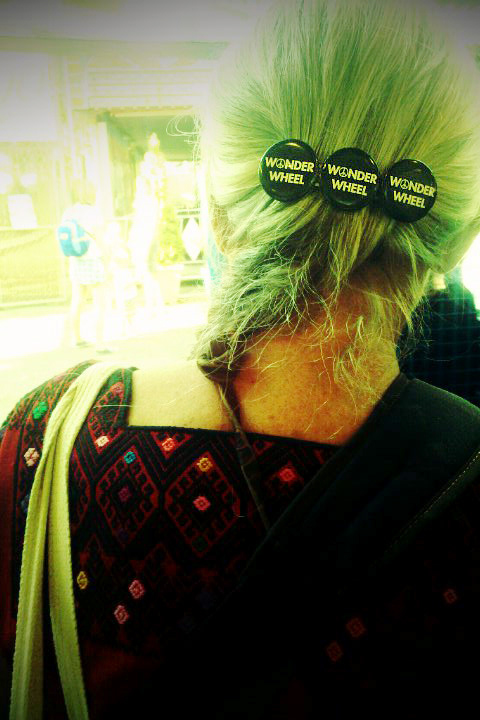The future of Coney Island was looking more than uncertain in September of 2010, as the Wonder Wheel celebrated its 90th birthday with the usual crowd of locals, artists, freaks, and misfits.
The park has been changing hands between landlords and rumors were flying about a total destruction. Locals scowled at talk of rebuilding the attractions and new businesses on the boardwalk. The owner of old staple "Shoot the Freak" was rallying for support of the press and community. His new landlord was demanding that all ten of the long-time businesses justify their existence lest they be shut down before next summer. There were rumbles of high-end shopping malls, multi-level parking lots and luxury hotels ― a stark contrast to what was currently one of the few remaining areas of the city where you didn't need more than a few quarters in your pocket to be.
Making my way through the little clusters of banjo players, burlesque queens, trapeze walkers, crusty punks, and old fortune tellers, it was obvious how important it was for Coney Island to resist gentrification and, more importantly, "Stepfordization". These beautiful old-timers would have no place in the cleaner, more consumer-oriented park. These were the people that were just as — if not more important — to Coney Island as the games and the rides.
The park has been changing hands between landlords and rumors were flying about a total destruction. Locals scowled at talk of rebuilding the attractions and new businesses on the boardwalk. The owner of old staple "Shoot the Freak" was rallying for support of the press and community. His new landlord was demanding that all ten of the long-time businesses justify their existence lest they be shut down before next summer. There were rumbles of high-end shopping malls, multi-level parking lots and luxury hotels ― a stark contrast to what was currently one of the few remaining areas of the city where you didn't need more than a few quarters in your pocket to be.
Making my way through the little clusters of banjo players, burlesque queens, trapeze walkers, crusty punks, and old fortune tellers, it was obvious how important it was for Coney Island to resist gentrification and, more importantly, "Stepfordization". These beautiful old-timers would have no place in the cleaner, more consumer-oriented park. These were the people that were just as — if not more important — to Coney Island as the games and the rides.



























